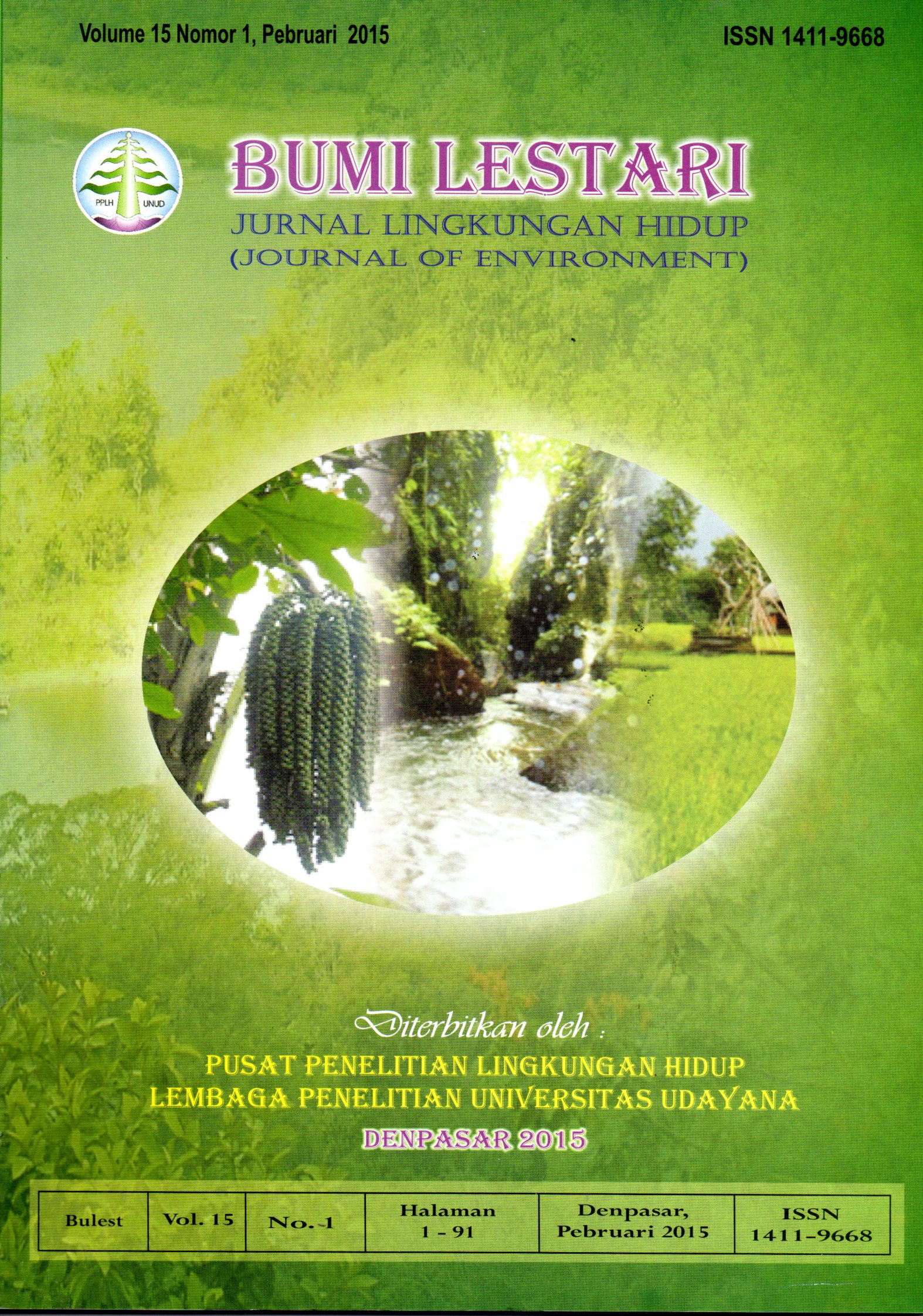PEMETAAN DAERAH RAWAN KEKERINGAN DI BALI-NUSA TENGGARA DAN HUBUNGANNYA DENGAN ENSO 2) MENGGUNAKAN APLIKASI DATA PENGINDERAAN JAUH
Abstract
In this study, the use of SPI (Standardized Precipitation Index) combined with remote sensingdata is performed to map vulnerable drought areas in Bali-Nusa Tenggara regions. Analysis
also carried out to find the relationship between Vulnerable drought areas in Bali-Nusa
Tenggara with El Niño phenomena. Bali-Nusa Tenggara islands are a chain of islands that
has a semi-arid climate type and resulted vulnerable to meteorological drought. Therefore,
mapping of vulnerable drought areas in the region necessary to be carried out. The spatial
pattern of the annual average value of SPI-6 in Bali Nusa Tenggara areas in 1998-2010
indicates the spatial distribution follows the ENSO events. It also indicated in the spatial
pattern relationship between ENSO and SPI in Bali-Nusa Tenggara islands. This study
indicates that remote sensing data such as TRMM 3B43 has the capability to be used as a
data source to analyze the spatial patterns of vulnerable drought areas, particularly in the
Bali-Nusa Tenggara Islands. In addition, the TRMM data also possible to be used as a data
source to analyze the vulnerable drought areas in other parts of Indonesia.
Downloads
Keywords
Authors who publish with this journal agree to the following terms:
- All articles published by Bumi Lestari Journal of Environment and Environmental Reseach Center Udayana University are made available under an open access license worldwide immediately. This means everyone has free and unlimited access to the full-text of all articles published in Bumi Lestari Journal of Environment, and everyone is free to re-use the published material given proper accreditation/citation of the original publication. Open access publication is supported by authors' institutes or research funding agency by payment of a comparatively article processing charge for accepted articles (See Author Fees). Bumi Lestari Journal of Environment and Environmental Reseach Center Udayana University publish articles under the Creative Commons Attribution License.
- Authors are able to enter into separate, additional contractual arrangements for the non-exclusive distribution of the journal's published version of the work (e.g., post it to an institutional repository or publish it in a book), with an acknowledgement of its initial publication in this journal.
- Authors are permitted and encouraged to post their work online (e.g., in institutional repositories or on their website) prior to and during the submission process, as it can lead to productive exchanges, as well as earlier and greater citation of published work (See The Effect of Open Access).





